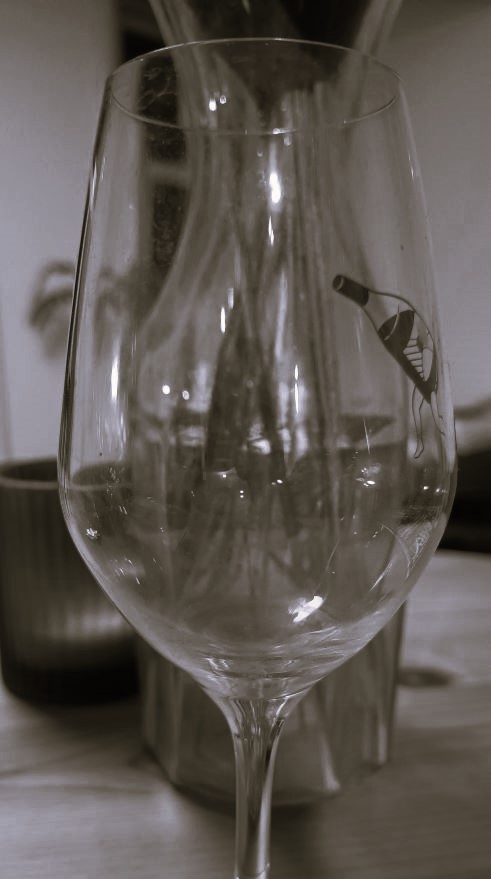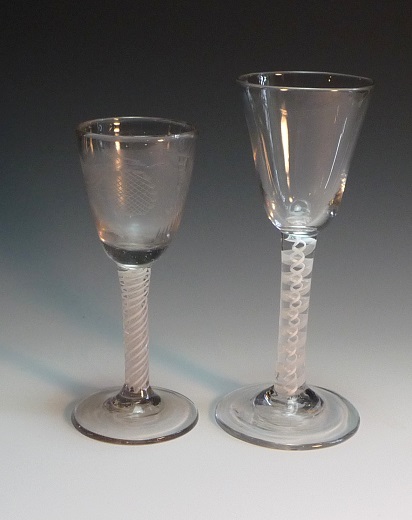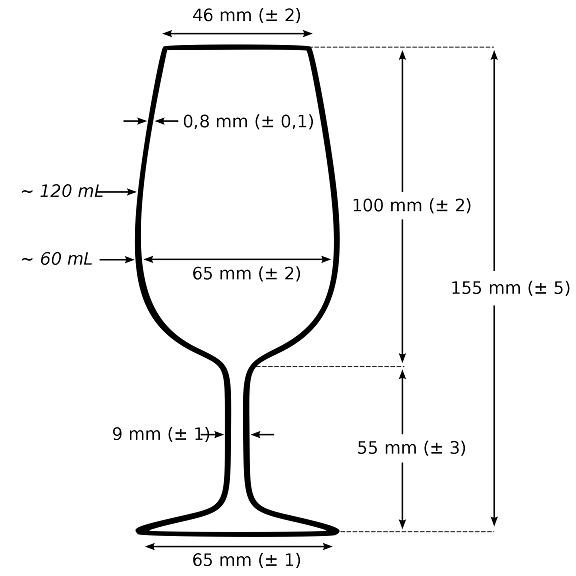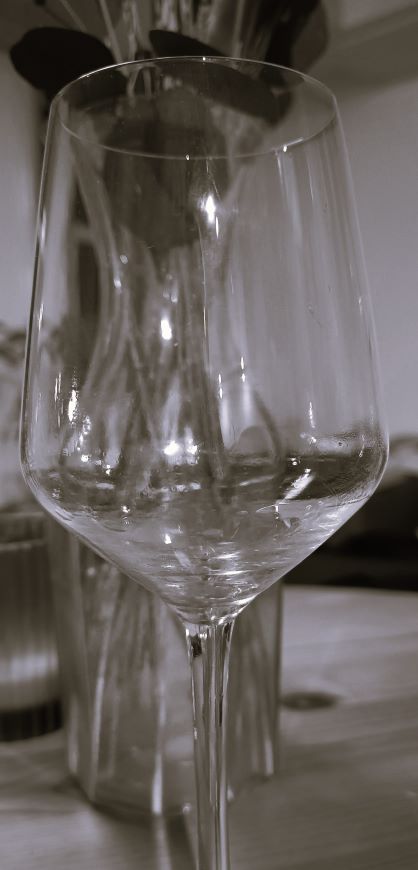The INAO galss, the wine tasting number one tool
Did you know, that the form of glass you are certainly using when tasting wine is very recent, it comes from the 70s. Every professional or amateur wine taster uses this style of glass. Restaurants, bars, and other places where wine is important use it too. This glass seems to be the ultimate tool when it comes to tasting wine.

How can it be? How and why this simple glass form dominates the wine-tasting world. Where it came from and is it so important for wine amateurs
Before the invention of this shape in the 70s, several forms existed (and continue to exist). But wine tasting in the past did not focus on aromas but more on the quality of the wine in the mouth. At this time wine faults were more present than today, and their detection was a big part of the wine-tasting process.
If you look at paintings from the 19th and the first part of the 20th centuries, the wine glass shape was everything except the shape we have today. You could see classical water glass, balloon or conic shape. At this time wine was a commodity, a beverage used as food or to get drunk. Fine wine existed but aromatic sensations were not the biggest priority.

However, in the middle of the 19th century, things started to change. Wine was still considered an everyday drink, but fine wine wasn’t an upper-class privilege anymore. Middle-class and even working-class people started to drink more fine wines, especially on Sunday, easter, and Christmas.
With a broader consumption comes the need to guide and inform (or influence) people. Wine tasting and wine reviews become more popular. Wine appellations were created. And so, the need to describe wine, including nose sensations becomes important.
But there is a problem, how can you describe aromas when people do not use the same glass shape? Because the shape of the glass influences aroma perception. In a famous experience, Jules Chauvet (1) demonstrates that shape plays an important role in aroma perception and therefore wine taste.
Following this experiment, a shape was designed during the ’50s and ’60s by Jules Chauvet. The shape was specially designed to optimize aroma perception. The aroma liberation is linked to the ratio between the surface of the wine and the volume of the liquid. The egg shape of the glass concentrates aromas and helps to recognize them in a wine tasting.
This shape was adopted by the French institute responsible for Wine Appellations (INAO) and defined by the French Association for Normalization in 1971., and by an ISO standard (ISO 3591) in 1972. The shape was not protected by any license so it can be produced by anyone. It gradually replaced other glass in the tasting world.
This shape of the glass is simple. It must have a volume between 21 and 22.5 CL and should be made with crystal.

With this standardized tool, every wine taster from Tokyo to Amsterdam will have the same olfactory sensations. That is an important step to make sure that people who taste and write about wine will not be influenced by external factors like the shape of their glass.
But is it important for simple wine drinkers? Yes and no. Discovering wine aroma from the nose is important, in a context to understand the wine. Only guessing aroma without creating a link between the variety, age of the wine, and wine-making process, is just a game. A fun game, a snob game but it is just a game. Moreover, most wine drinker will get aromas when they have the first sip of wine in their mouth. We talk about the retro-nasal way, aromas are more perceptible for most of us and participate in the taste of the wine.

The shape of the glass does not influence the retro-nasal or the taste of the wine. If your goal is to only enjoy your wine, you can use any other wine glass shape. Make sure that it has a stem. I like to use an all-purpose glass because it is easier for me to swirl the wine in the glass (I have two left hands) and offer a better surface-to-volume ratio (so more volatile aroma). But I also have different types of glass, including the ISO glass for tasting events. If you want to discover by yourself, check this video from André Mack.
(1) Jules Chauvet, The physical chemistry of surfaces and the aroma of fine wines. Jules Chauvet is considered as the Grand father of Natural wine.